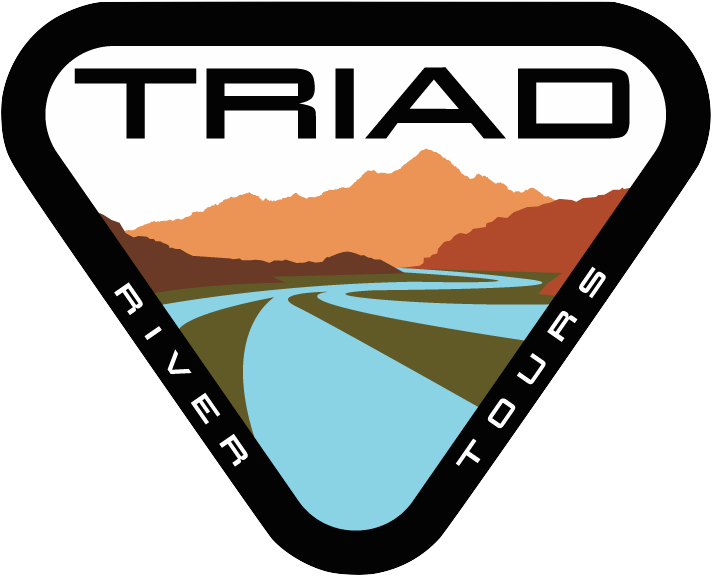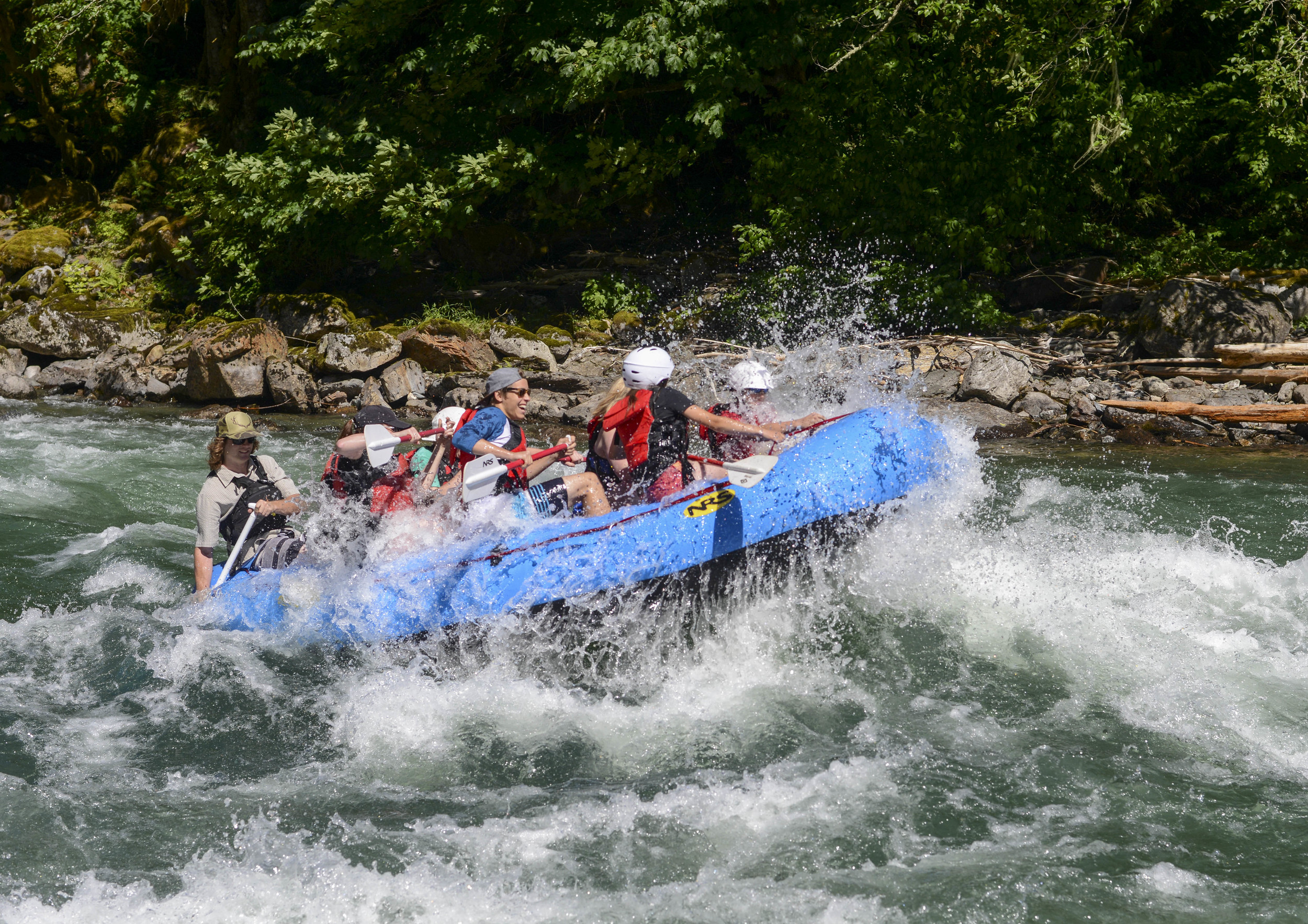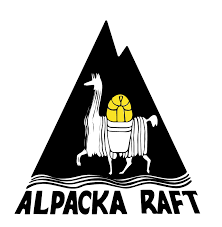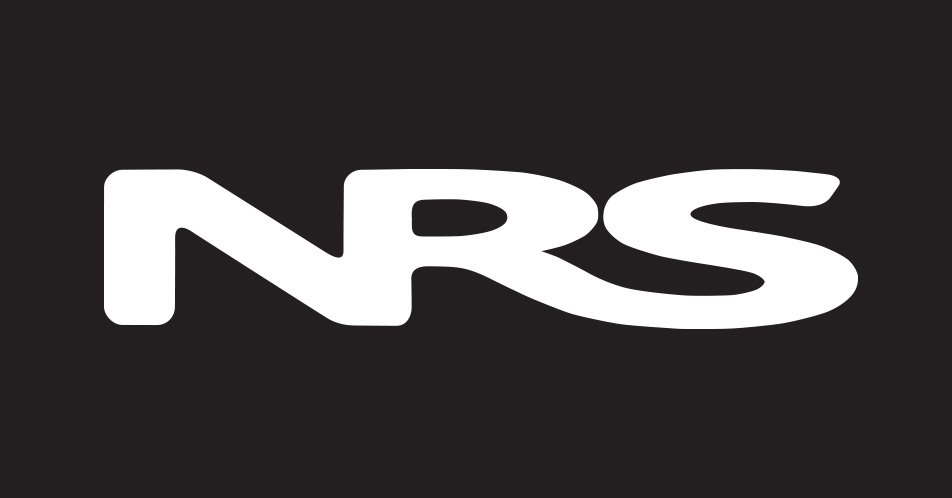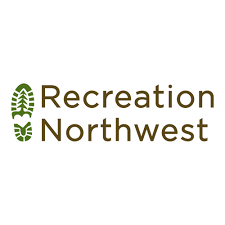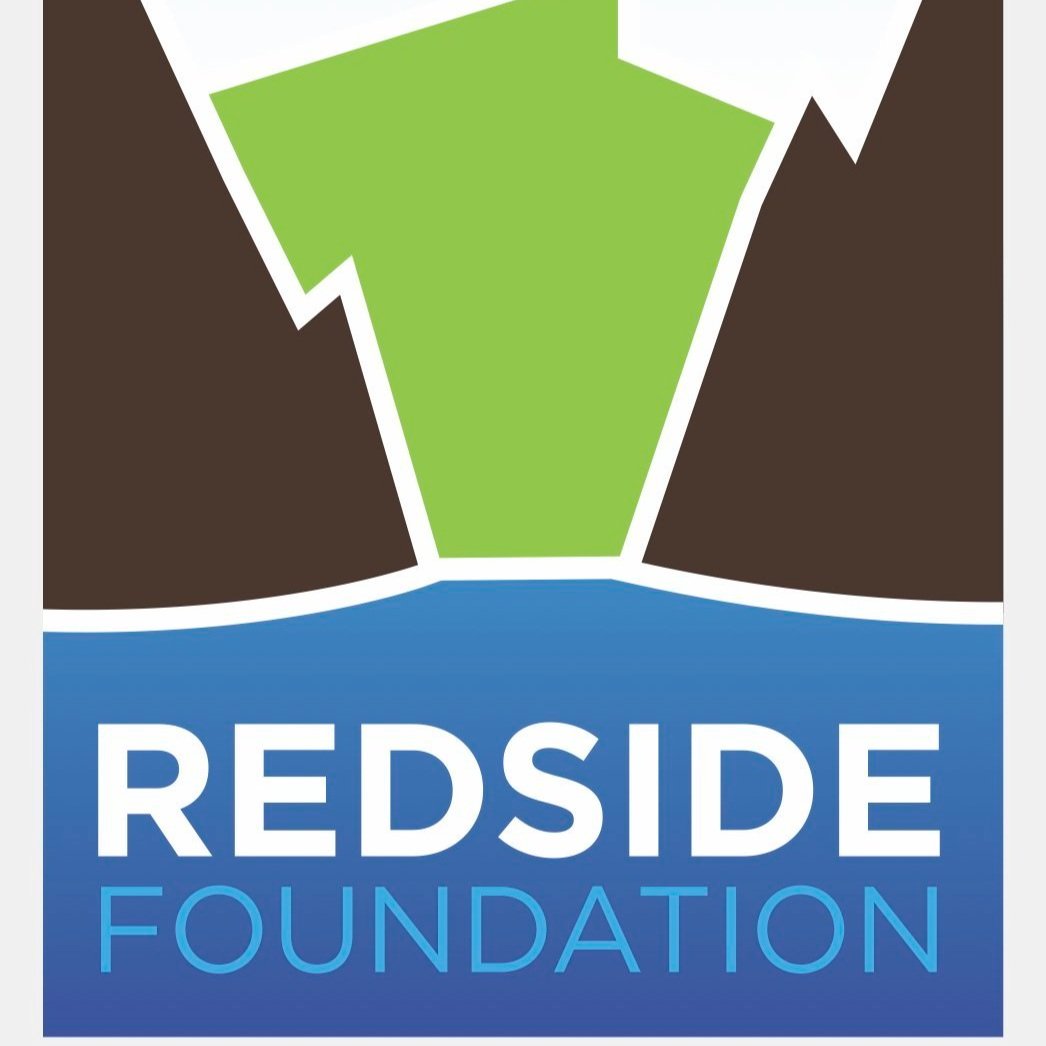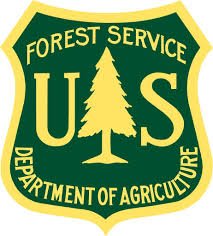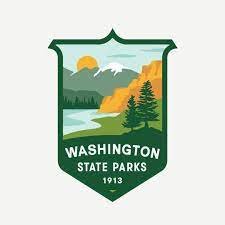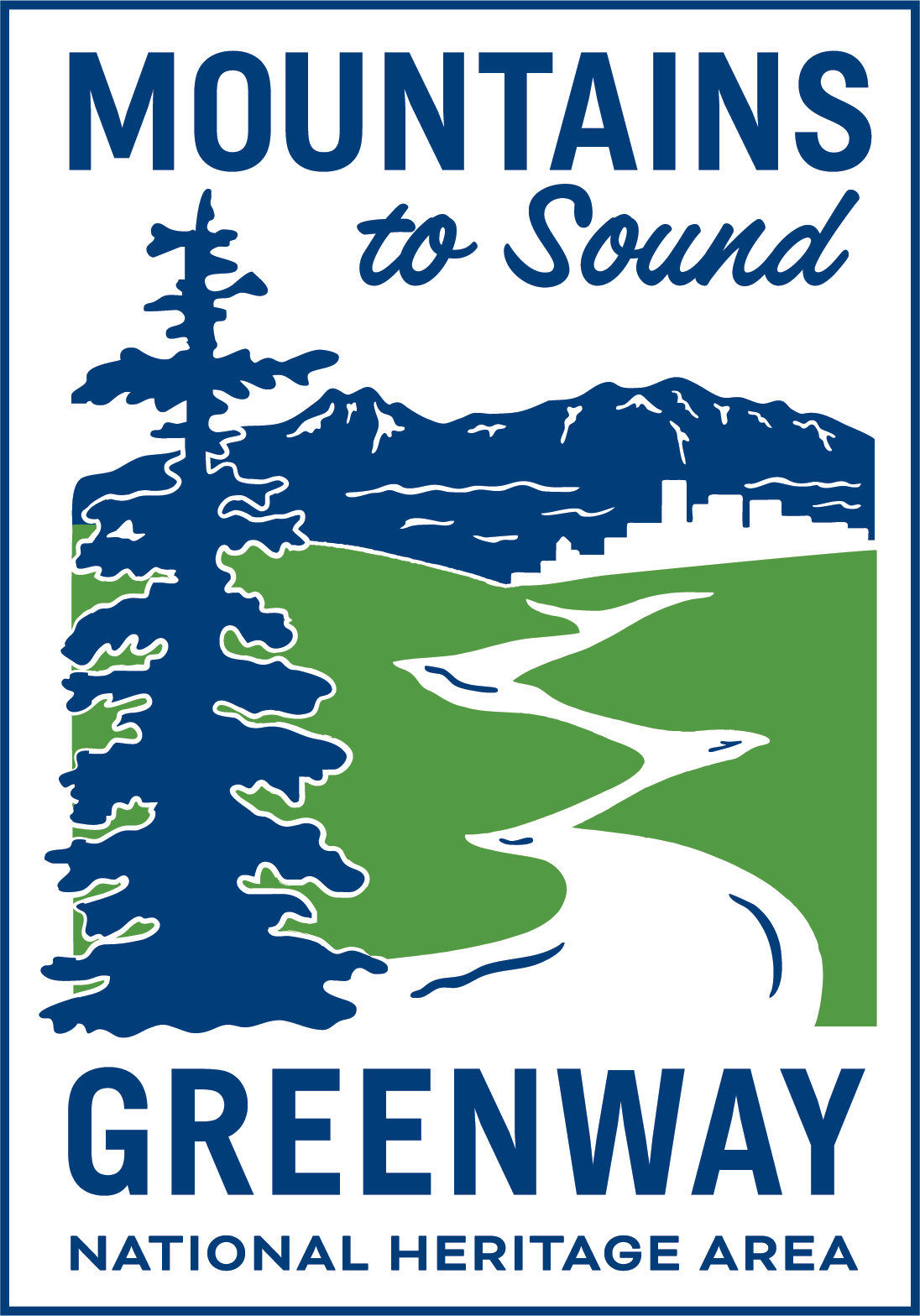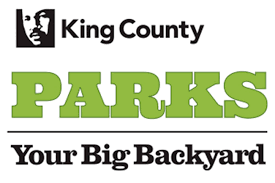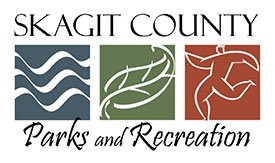Wenatchee River Intermediate Whitewater | Class 3
(360) 510-1243
Wenatchee River "Nerd Chart"
Difficulty: Class 3 (explanation of classification here)
Trip Cost: $85 per person. $400 per raft group rate. (explanation of rates)
Pack List: (click here)
Exertion Level (proportionate): Somewhat Hard (90%), Hard (10%) (explanation of exertion level here)
Difficulty Level: Intermediate (explanation of difficulty level here)
Normal Season (for Triad): June-August (updated river conditions here)
Peak "Best Time" Season: June, July
Passenger minimum: 8-16 depending on river flow (2 raft minimum)
Liability Waiver Required prior to trip: yes (online here)
Minimum age: 14 with prior whitewater experience.18 with no whitewater experience.
Minimum weight: 90lbs
Length of trip: Approximately 7 miles
Runnable River Level: 1,000 cubic feet per second (lowest)-15,000 cubic feet per second (highest)
River Gauge used: USGS Wenatchee River at Peshastin (click here to be directed to hydrograph)
Trip meets at: Riverside Park located at 314 Woodland Drive, Cashmere, WA 98815 (directions included in confirmation email)
Classification and Risk Analysis of the Wenatchee River
Number of significant rapids (class 3 or higher) at normal flows: 9
Generalized classification of river by American Whitewater: Class 3
Highest possible classification: Class 3
Lowest possible classification: Class 3
Number of recorded commercial fatalities: 2
Number of private boater fatalities: 1
Estimated number of boaters (user days) per year: 30,000
Most significant rapids: Drunkards Drop, Snowblind, Rodeo Hole (Class 3)
Major risks to human safety according to our in house analysis: 1. Flush Drowning 2. Entrapment
If you would like to read more about hypothermia risk and cold water immersion please click here.
If you would like to read a short breakdown on whitewater risks please click here.
Trip Details
The Wenatchee River is one of the most popular commercial rafting runs in the Northwest. Our section flows just downstream from the lovely town of Leavenworth, where guests can enjoy good beer, food, and some nicer hotels much closer to the run than what is available on many of our other trips. The Wenatchee is a warmer river than many of the Western Washington whitewater runs due to being on the Eastern slope of the Cascade Mountains. This makes the Wenatchee River rafting experience appropriate for a wide range of people, from ages 10-100!
The Wenatchee isn't a wild river, as its bank is constantly attended to by cars, houses, highways, and apple orchards. The river has a seemingly tame quality to it, but really nice pool drop rapids exist to keep our guests hearts pounding in between calm pools. In early season, the Wenatchee River rafting trip is our alternate run to the steeper and more technical Skykomish River, which is increasingly difficult in early season when water levels are high. We typically extend our season only to the point where our Skykomish River trips are accessible and safe, usually around the first of July, making June our premium season with our most reliable launch dates.
The Wenatchee is considered a "play" river by many recreational boaters, and it attracts a wide variety of people. Usually, you'll find this section to be very busy, filled with vacationers as well as private rafters and kayakers. The rapids on the Wenatchee are fairly straight forward and exemplify the meaning of Class 3; not too much danger, but enough that you need to watch what you're doing and be prepared for a rescue situation at any time. Because we focus our Wenatchee River rafting trips around the best sections of river, we forego the top area which has calm sections and some lazy drifting, and instead focus on the more thrilling section of pure whitewater, located below the small lowhead dam.
Rapids of the Wenatchee River
American Whitewater did a great job of detailing the Wenatchee, please click here for a basic rundown of the rapids on this section.
Type of Rafts used: Self Bailing Whitewater Rafts 12' to 15' in length
Maximum number of guests per trip: 50
Maximum number of guests per raft: 11 (high water), 5 (low water)
Minimum age: 10
Minimum weight: 50lbs. (anyone under 90 lbs. must be announced in advance as they require specially sized equipment)
River Classification on American Whitewater: Class 3 (please click here to be directed to AW)
Whitewater Safety and Trip Basics
Safety Protocol: Basic whitewater safety protocol including safety kayakers if necessary (usually in high water or on smaller trips), trip leaders with advanced medical training on staff. Two craft minimum for each trip. Swiftwater rescue kits, medical trauma kits, emergency communication device.
Paddles/helmets required: yes/no
Wetsuits required: yes-from early season until June 15th -or- when water temperatures are higher than 50 degrees AND air temperatures are above 75 degrees.
Type of Life Jacket required: Type 5 (guests cannot bring their own PFD's)
Liability Waiver Required: yes (online here)
Typical time on river: 1.5-2 hours
Typical time for the complete trip: 2.5-4 hours (depends on river flow and rescue situations)
Food/beverage served: no
What Triad River Tours provides: Qualified expert whitewater certified guides, top quality rafts, type 5 coast guard approved life jacket, wetsuits available for rent, hypothermia gear, safety equipment, medical supplies.
What you may want to bring: Quality footwear (like sandals, booties, or flip flops), warm wool socks, capilene or other base layer for warmth, a snack or lunch, camera, water bottle that can be attached to the raft (we do not allow loose plastic on the river due to litter issues).
Special Note: Washington State does not have a government operated guides and outfitters licensing board. Whitewater Classification is subjective and often times misleading. If you do not fully understand the classification for yourself, it is best not left up to chance. What is often referred to as "Class 5" whitewater is considered class 3 or 4 by other, often more experienced boaters who have a larger and more apt perspective on the matter. For a closer study of river difficulty and risk, please visit our safety informative page.
